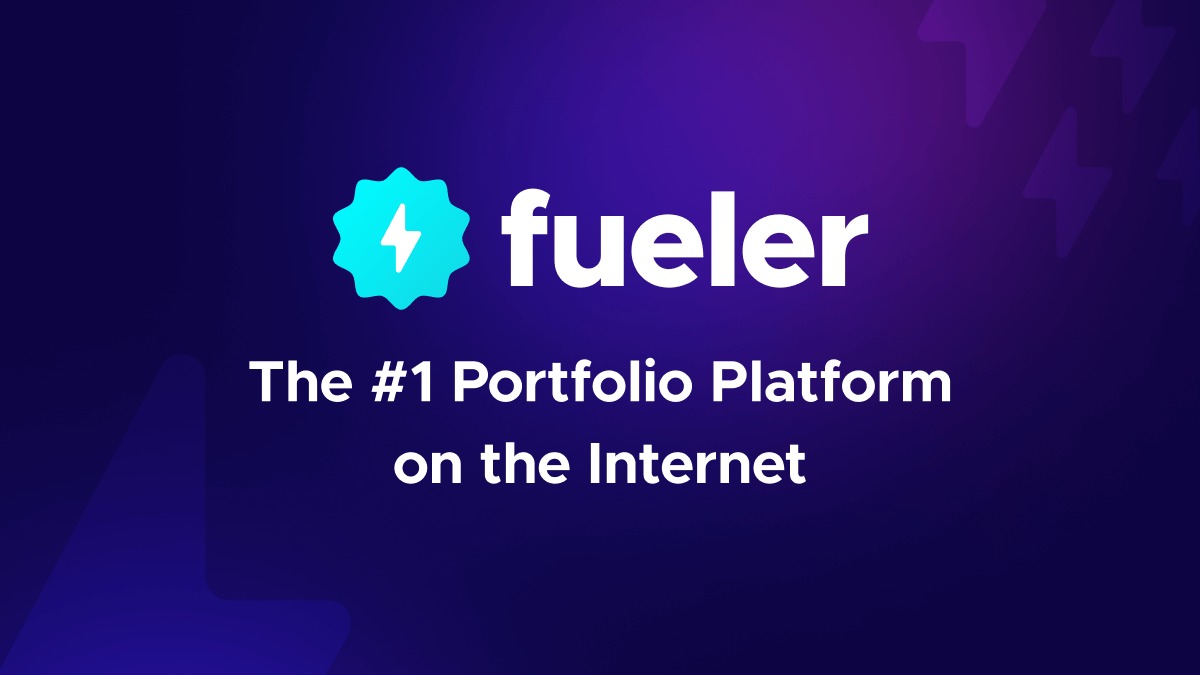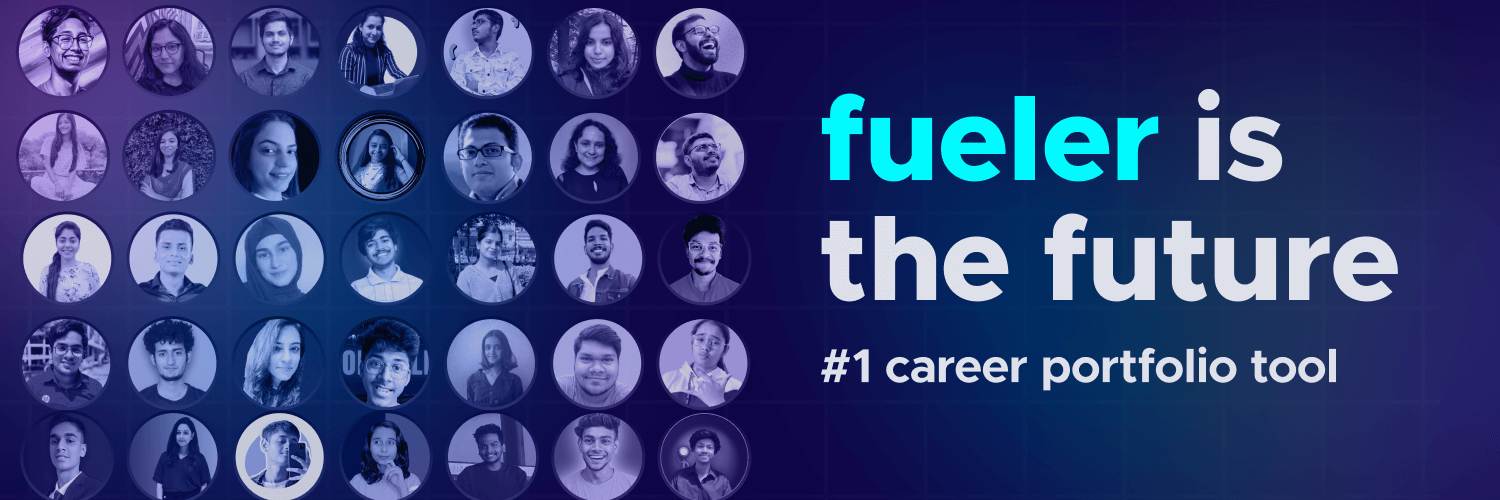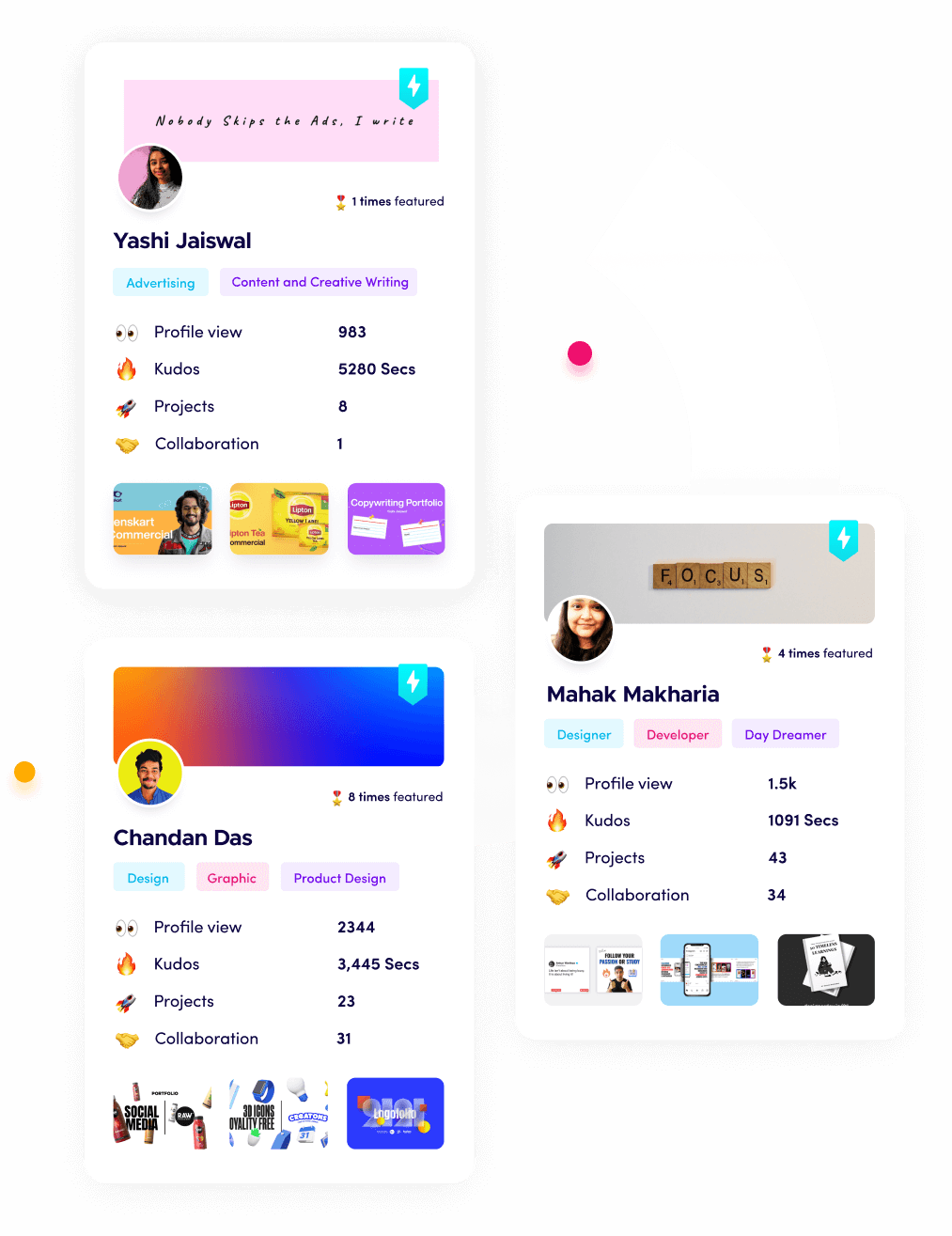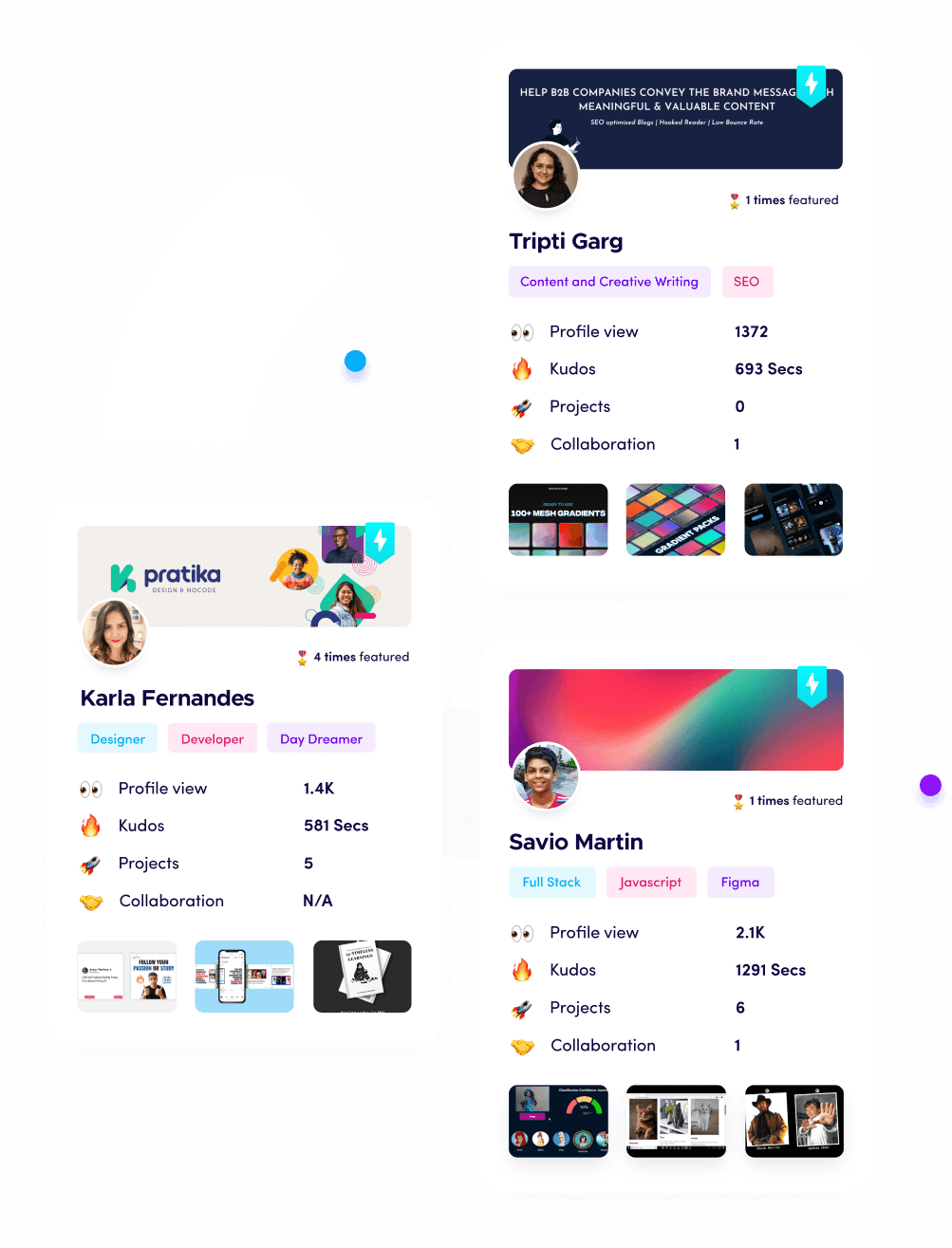Freelance vs Full-Time: Which Video Editing Career Is Best?

Riten Debnath
15 Jun, 2025

Are you debating between freelancing or working full-time as a video editor in 2025? Choosing the right path can shape your career, income, and lifestyle. Both options have unique advantages and challenges. Understanding these can help you make an informed decision that fits your goals and personality.
I’m Riten, founder of Fueler, a platform that helps freelancers and professionals get hired through their work samples. In this article, I’ll compare freelance and full-time video editing careers in detail. Beyond mastering editing skills, presenting your work smartly is key. Your portfolio isn’t just a collection of projects—it’s your proof of skill, your credibility, and your shortcut to trust.
Understanding Freelance Video Editing
Freelance video editors work independently, taking on projects from multiple clients. You have the freedom to choose your clients, set your rates, and decide your working hours. This flexibility is a major draw for many creatives who want control over their schedule and creative freedom.
- Freelancers can work on diverse projects, from YouTube videos to commercials and social media content.
- You are responsible for finding clients, negotiating contracts, and managing your business.
- Income can be unpredictable, with busy months and slow periods.
- Freelancers handle their own taxes, insurance, and equipment costs.
Freelance Salary Expectations:
Freelance video editors in 2025 typically charge between $25 and $150 per hour depending on experience and project complexity. The average hourly rate is around $31.60. Successful freelancers with specialized skills or strong portfolios can earn significantly more. Monthly income varies widely but can range from $3,000 to $10,000 or more for experienced freelancers.
Understanding Full-Time Video Editing
Full-time video editors work as employees for companies, studios, or agencies. You usually have a fixed salary and benefits like health insurance, paid leave, and retirement plans. Full-time jobs offer stability and a clear career path but may come with less creative freedom and fixed working hours.
- Full-time editors often work on long-term projects with consistent teams.
- You have a steady paycheck and benefits, reducing financial uncertainty.
- Career growth can lead to senior editing roles, motion graphics specialist, or creative director.
- Work hours and project choices are usually set by the employer.
Full-Time Salary Expectations:
In 2025, full-time video editors earn an average salary of around $66,000 per year in the US, with entry-level positions starting near $40,000 and senior roles reaching $90,000 or more. Benefits add significant value to total compensation. Salaries vary by location, industry, and company size.
Pros and Cons of Freelance Video Editing
Pros:
- Complete control over your schedule and clients
- Opportunity to work on a wide variety of projects
- Potential for higher earnings with specialization
- Freedom to develop your own brand and style
Cons:
- Income instability and irregular cash flow
- Responsibility for business tasks like marketing and accounting
- No employer benefits such as health insurance or paid leave
- Constant need to find new clients and projects
Pros and Cons of Full-Time Video Editing
Pros:
- Stable income with regular paychecks
- Benefits like health insurance, retirement plans, and paid time off
- Opportunities for mentorship and professional growth
- Clear career advancement paths within an organization
Cons:
- Less flexibility in choosing projects or working hours
- Potentially limited creative freedom
- Fixed salary might be lower than top freelance earnings
- Office politics and structured work environment
Which Career Path Suits You?
Choosing between freelance and full-time video editing depends on your personality, financial needs, and career goals.
- If you value flexibility, variety, and entrepreneurship, freelancing may be the best fit.
- If you prefer stability, benefits, and structured growth, full-time employment might suit you better.
- Many editors combine both, working full-time while freelancing on the side to diversify income and experience.
How to Build a Portfolio That Works for Both Paths
Whether freelance or full-time, your portfolio is your most important asset. It should showcase your best work, demonstrate your range, and tell the story behind each project. Platforms like Fueler help you create assignment-based portfolios that attract clients and employers by proving your skills and results.
- Include diverse projects showing different styles and techniques
- Add project descriptions explaining your role and impact
- Keep your portfolio updated with recent work
- Use Fueler to organize and share your portfolio professionally
Final Thought
Both freelance and full-time video editing careers have their advantages and challenges. The best choice depends on your lifestyle, goals, and risk tolerance. With the right skills, a strong portfolio, and a clear plan, you can succeed in either path. Remember, your portfolio is your shortcut to trust and opportunity.
FAQs: Freelance vs Full-Time Video Editing
1. Which pays more, freelance or full-time video editing?
Freelancers can earn more per hour but face income variability. Full-time editors have stable salaries and benefits but may earn less overall.
2. Can I switch between freelance and full-time video editing?
Yes, many editors move between freelance and full-time roles depending on their career stage and goals.
3. What skills are most important for freelance video editors?
Strong editing skills, client communication, self-marketing, and time management are crucial for freelancers.
4. Do full-time video editors get benefits?
Yes, full-time editors typically receive health insurance, paid leave, retirement plans, and other perks.
5. How can I find freelance video editing clients?
Use platforms like Fueler, Upwork, LinkedIn, and network in creative communities to find clients.
What is Fueler Portfolio?
Fueler is a career portfolio platform that helps companies find the best talents for their organization based on their proof of work.
You can create your portfolio on Fueler, thousands of freelancers around the world use Fueler to create their professional-looking portfolios and become financially independent. Discover inspiration for your portfolio
Sign up for free on Fueler or get in touch to learn more.


